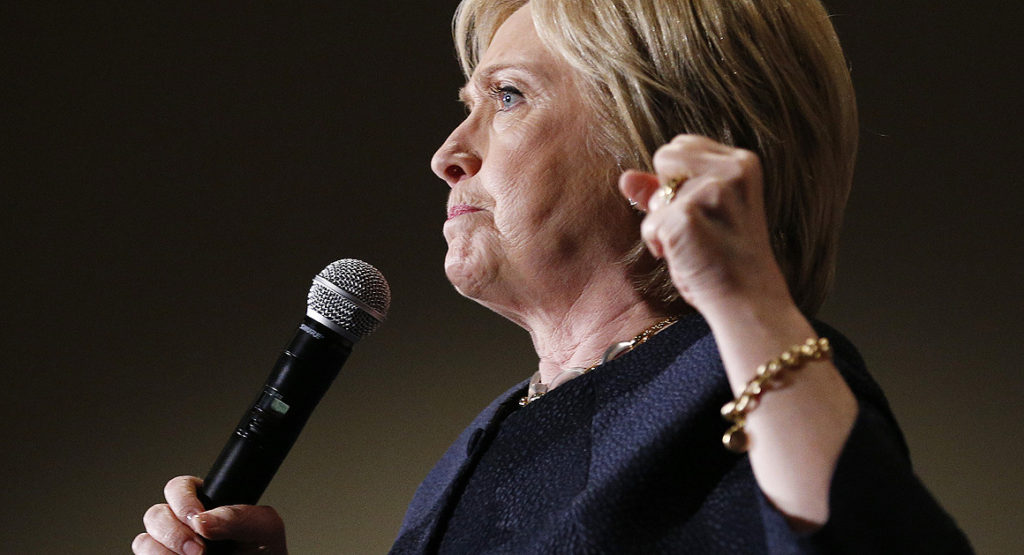
Which swing states will really decide whether Hillary Clinton or Donald Trump becomes the next president? | AP Photo
By CHARLIE MAHTESIAN
POLITICO
The hard-wired modern electoral map makes it hard to believe there was once a time when presidential elections unfolded across the national landscape, rather than in a random and limited collection of states.
Today, roughly two-thirds of the states are written off as the province of one party or the other before the first primary votes are even cast. The reason is simple: 33 states have voted for the same party in the past 5 presidential elections, and 40 of the 50 states have voted for the same party since 2000.
So which ones will really decide whether Hillary Clinton or Donald Trump becomes the next president?
POLITICO has identified 11 states where the 2016 election will be won and lost: Colorado, Florida, Iowa, Michigan, Nevada, New Hampshire, North Carolina, Ohio, Pennsylvania, Virginia and Wisconsin.
As part of an effort to provide blanket coverage of this pivotal group, we’re launching the Battleground States Project. This Battleground blog is one component, designed to provide deep reporting about the forces, decisions and personalities shaping the landscape in these pivotal places. We’ll also identify key counties and follow them through the campaign, and we’ll examine polling and ad strategies in the battleground states, posting ads whenever possible.
Another feature that debuts today is the Battleground States polling average, based on the most recent public polls from each of the 11 states and weighted by each state’s representation in the Electoral College.
The states were selected after weighing a variety of factors including polling, demography, voter registration, early ad spending, campaign staffing, and recent and past electoral history. Decisions on the states to include are a reflection of that data, but also of conversations with the campaigns, as well as with pollsters and political operatives.
Together, the 11 battleground states will deliver 146 electoral votes — more than half of electoral votes necessary to win the presidency. The list includes the bellwether behemoths of Ohio and Florida; the fast-growing Mountain West states of Nevada and Colorado; increasingly diverse North Carolina and Virginia, both altered by Hispanic population growth; and slower-growing Iowa, New Hampshire and Wisconsin.
Michigan and Pennsylvania, neither of which has voted for a Republican for president since 1988, are included on our 2016 battleground map largely because of Donald Trump. If there’s a path to victory for the presumptive GOP nominee, it will likely go through these Rust Belt manufacturing giants, where his message on trade and the economy could take hold.
Whether you call them battleground or swing states, if something notable is happening within any of their borders, you can bet we’ll be reporting on it.
